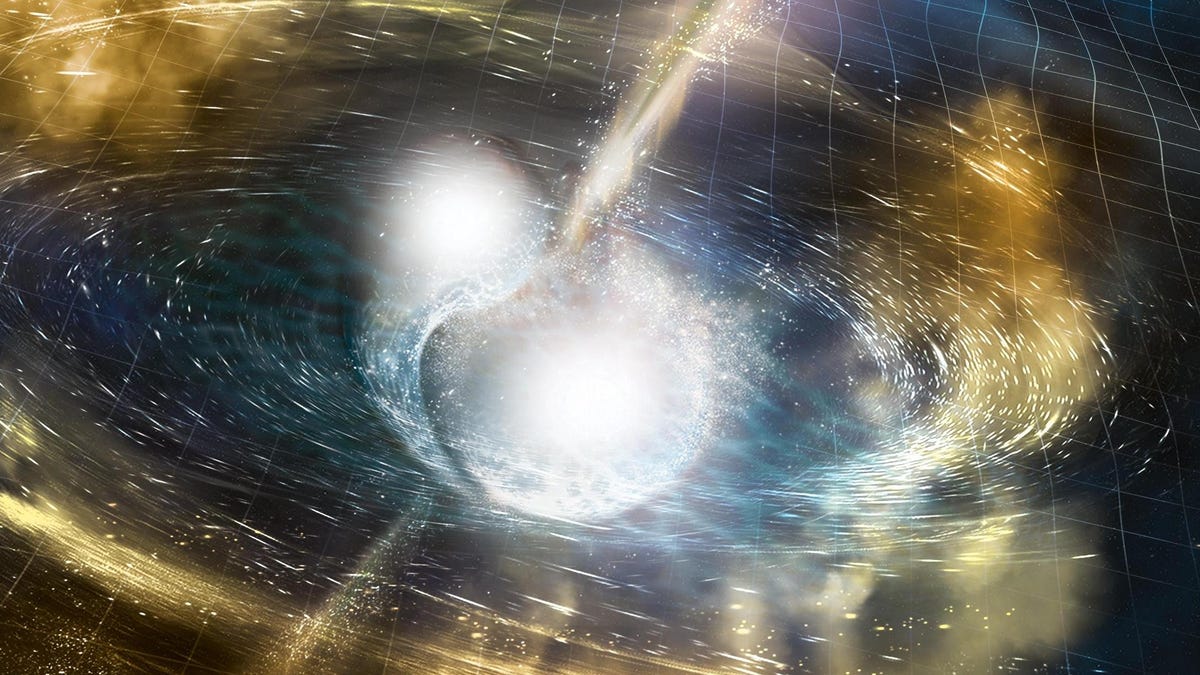
The Virgo detector has also undergone an upgrade, to the tune of $9 million, that includes new vacuum pipes, but technical issues have delayed its restart. Gianluca Gemme, a physicist at Italy’s National Institute of Nuclear Physics and Virgo spokesperson, told Nature that “our expectation is we’ll be able to restart by the end of summer or early autumn.”
Advertisement
Though Virgo is delayed, Japan’s KAGRA detector restarted on May 24. KAGRA will join in with LIGO’s new experimental run before undergoing further commissioning next month. LIGO’s latest observation run will last for 20 months.
Later this decade, LIGO-Virgo-KAGRA is expected to be joined by LIGO-India, which was built in the image of the U.S. observatory. And in fact, some of LIGO-India will be constructed with spare parts from the original LIGO, according to Nature.
Advertisement
With more detectors around the world, scientists can fine-tune their results by effectively making distant points on our planet’s interferometers. Future gravitational wave detections will also likely benefit from artificial intelligence’s increasingly robust presence in astrophysics.
Some noise in Earth-based observatories is inescapable, however, so the European Space Agency and NASA hope to launch a space-based gravitational wave observatory in the future. Named LISA, this observatory would involve precisely coordinated spacecraft orbiting in a Kubrickian dance to make even more precise detections of the universe’s most violent forces.
Advertisement
For now, we wait with bated breath to see how the new-and-improved LIGO performs.
More: Astronomers Detected Gravitational Waves. Now They Want to See the Cosmic Ocean
Services Marketplace – Listings, Bookings & Reviews